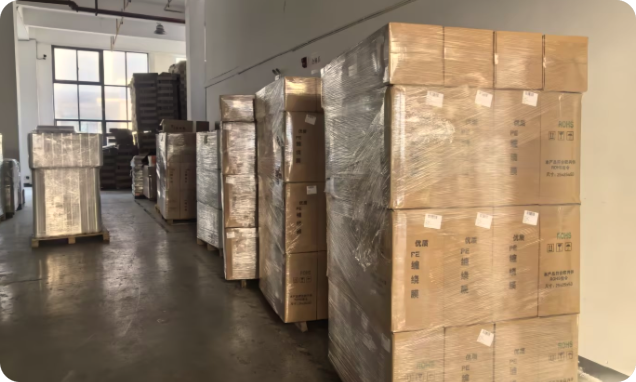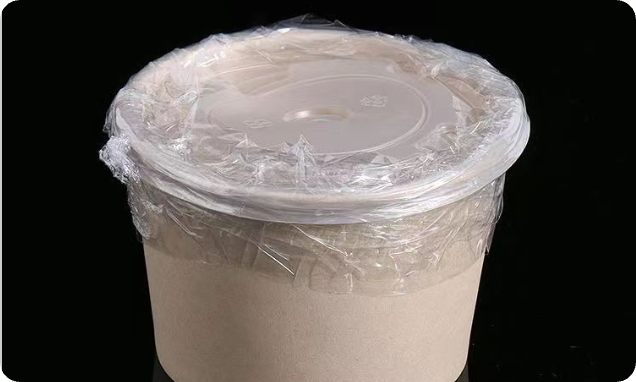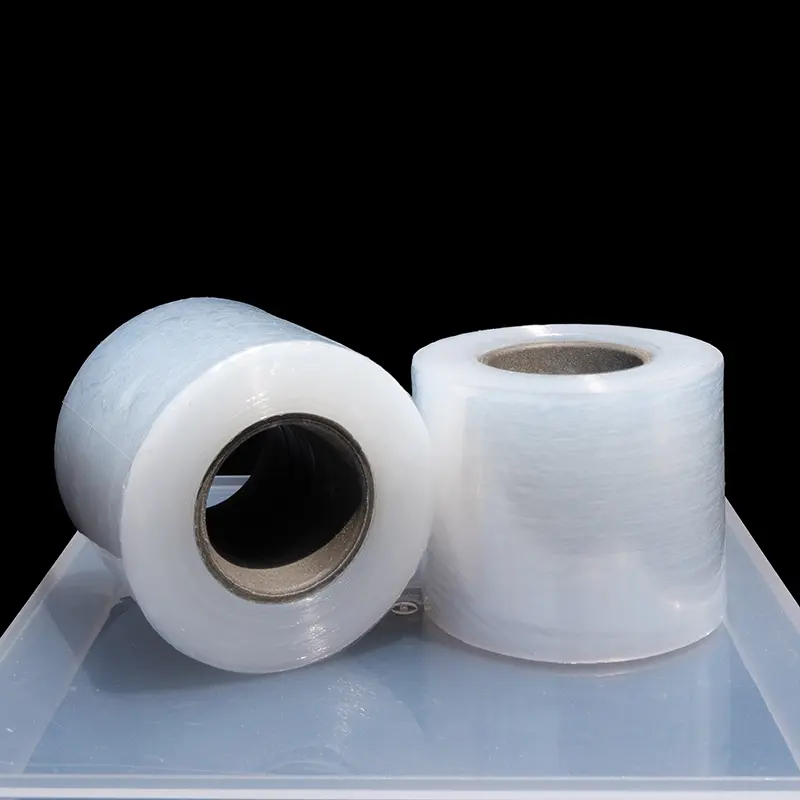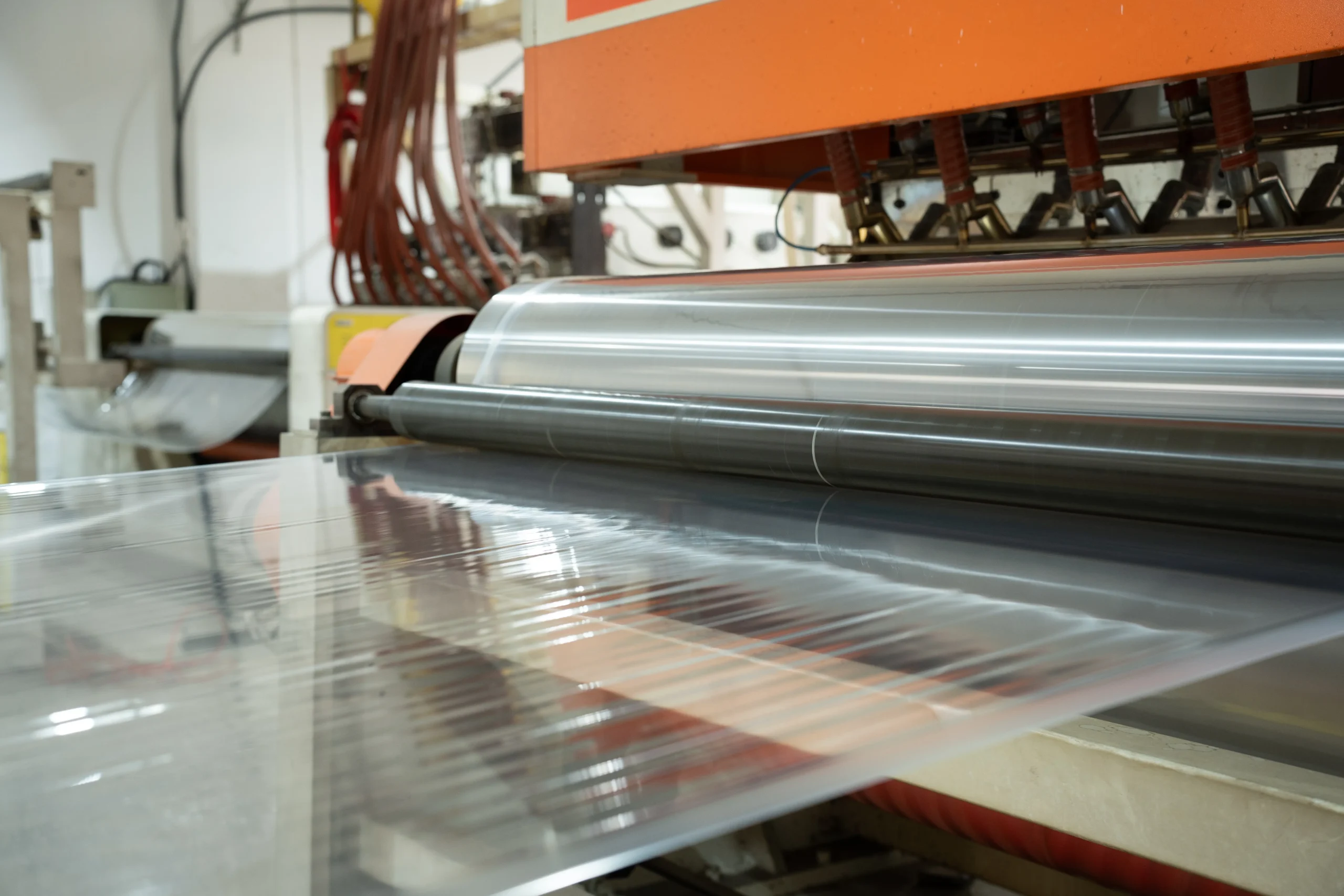The Stretch Film Industry: Applications and Development Trends
Release time: 2025-06-24
Stretch film is a highly elastic plastic film made from linear low-density polyethylene (LLDPE). It has excellent stretchability, self-adhesiveness, puncture resistance, and tear resistance, while also being transparent and cost-effective. Stretch film is widely used in modern industries and has become an indispensable material for packaging various goods.
Logistics and Warehousing
Function Stretch film is primarily used for palletizing goods, tightly wrapping scattered items together to form a single unit, making it easier to handle and stack, thus improving warehouse space utilization and reducing damage during transportation and storage.
Value
- Stabilizing Goods: It greatly reduces the risk of shaking, collision, and collapse during transportation, ensuring the safety of the goods.
- Dust, Moisture, and Theft Prevention: It forms a physical barrier, protecting goods from dust, moisture, and making theft more difficult.
- Improved Efficiency: It facilitates the use of forklifts and other machinery for loading, unloading, and stacking pallets, significantly improving logistics efficiency.
- Space Savings: The compact wrap reduces space usage, optimizing loading rates in containers and trucks.
Application Scenarios
Highly elastic stretch film is widely used in factory finished goods warehouses, logistics distribution centers, large supermarket distribution, and port terminals.
Bundling of Loose Goods
Function
Used to bundle and fix long items such as pipes, profiles, and rods, or small loose items like cartons and bottles, making them easier to handle.
Value
It replaces traditional ropes and tapes, offering more convenient and efficient operation, and provides a stronger fixation.
E-commerce and Express Delivery
Irregular Goods Packaging:
Used to wrap large or irregularly shaped items (such as furniture, sports equipment) that are difficult to fit into standard boxes, providing basic protection and stabilization.
Reinforcement of Cartons:
Wraps around the exterior of cartons to enhance their strength and prevent damage during transportation.

Manufacturing Industry
- Product Protection: In factories or before leaving the factory, industrial stretch film is used to wrap finished or semi-finished products, preventing surface scratches, bumps, and contamination during production, storage, and short-distance transportation.
- Inter-process Protection: Protects surfaces that have been processed (such as spray-painting or electroplating) from contamination or damage during subsequent operations.
- Component Fixation: Temporarily fixes components or parts on assembly lines, facilitating subsequent operations.
- Roll Material Fixation: Secures the ends of rolls of paper, textiles, or metal coil materials, preventing loosening.

Food and Beverage Industry
- Pallet Stabilization: Stretch film is a standard packaging material for food and beverages (such as drinks, dairy products, and snacks) during transportation.
- Primary Packaging Supplement: Used to tightly wrap whole boxes of drinks, cans, etc., enhancing the pressure resistance of cartons and preventing them from bursting.
- Cold Storage Protection: Protects goods in low-temperature environments; some specialized stretch films also offer resistance to low-temperature embrittlement and anti-fogging functions.
Pharmaceutical and Chemical Industries
- Protection and Sealing: Used to wrap pharmaceutical boxes, medical equipment cases, or chemical raw material barrels, providing physical protection and a degree of dust and moisture sealing.
- Stability: Ensures that pharmaceutical products and chemicals are securely packaged and stable during transportation.
Building Materials and Home Furnishing
- Surface Protection: Protects the surface of materials like tiles, glass, doors, windows, panels, and sanitary ware from scratches.
- Fixing and Anti-scattering: Secures bundled pipes, profiles, and wooden flooring during transportation and storage.
- Dust and Stain Prevention: Prevents contamination from dust, cement, mortar, and other pollutants during transportation and storage.
Publishing and Printing Industry
- Product Protection: Used to wrap stacked books and magazines, preventing damage to corners, covers, and moisture.
- Paper Fixation: Used to fix large printed items or sheets of paper.
Agriculture and Horticulture
Fixation and Protection: Stretch film is used to secure greenhouse covering materials and plant trays in nurseries.
Waste Management and Recycling
Compressed Waste Packaging: Used to wrap compressed recyclable materials such as cardboard, plastic bottles, and textiles, making them more compact and easier to transport and store.
Innovation and Sustainable Development in the Stretch Film Industry
With advances in technology and increasing environmental demands, the stretch film industry is continually innovating:
- Thinning Technology: Development of thinner yet stronger nano-stretch films that reduce raw material consumption, lowering costs and environmental impact.
- Pre-stretch Technology: Wrapping machines use pre-stretch rollers to stretch the film significantly (up to 200%-300%) before wrapping, greatly reducing the film usage per package and improving efficiency and environmental sustainability.
- Material Innovation: Research into using more renewable and biodegradable materials for eco-friendly stretch films.
- Recycling and Reuse: Strengthening the recycling of discarded stretch films and using recycled pellets to produce non-food-contact plastic products.
With ongoing technological advancements and a deeper commitment to sustainability, stretch films will continue to play an essential role in more efficient and eco-friendly applications.


